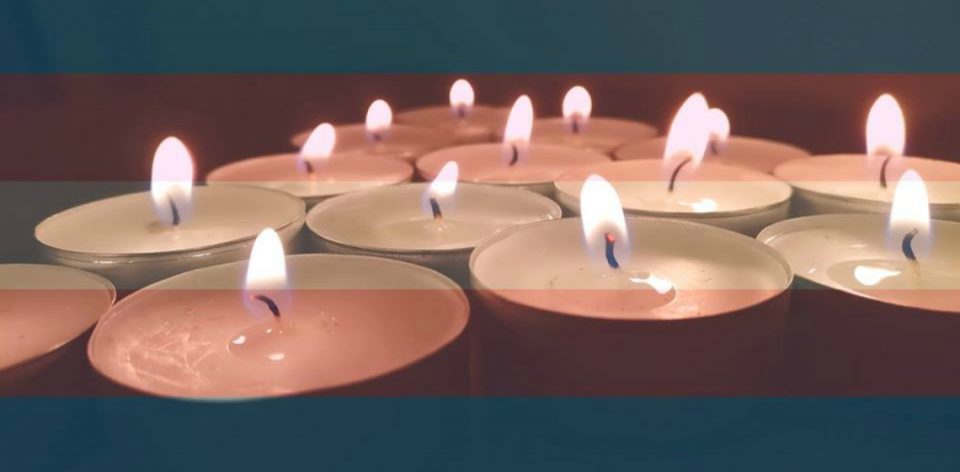The Budapest Pride team will commemorate transgender people who died as a result of hate crimes on November 20th from 7:00pm at Auróra as a part of Transgender Day of Remember.
Rita Hester didn’t reach her 35th birthday. Two days before she was stabbed to death in her own apartment simply because she was a transgender woman who lived faithful to her gender identity. A commemoration for Rita by her girlfriend started the now worldwide event, Transgender Day of Remembrance, which commemorates transgender people who died as a result of hate crimes or those believed to have died as a result of hate crimes. Last year 369 people died, and this year so far 331 transgender deaths have been reported.
Who are transgender people?
The term overall refers to people whose gender identity differs from their biological sex at birth. According to estimates this affects 0.6% of humanity. Trans women are defined as those who were registered as male on their birth certificate, but they identify themselves as women by their gender identity and/or gender expression. Trans men, on the other hand, although they are registered as female at birth, later identify themselves as men.
What is gender identity and self-expression?
Gender identity is what an individual claims to be based on their own inner experience, for example that you feel like a woman. In fortunate cases, this is also on your birth certificate. Gender self-expression includes every physical characteristic and manifestation with which a person presents their gender to the outside world (behavior, clothing, hairstyle, speech style). A more masculine lesbian, for example, pushes the boundaries of gender expression when sporting clothing and hairstyles that are not considered feminine by the majority of society. These have nothing to do with sexual orientation—a transgender person can be straight, gay, or lesbian just like anyone else.

What is hate crime and why do acts of violence against transgender people count?
Hate crime is a crime which is committed on the basis of prejudice against the victim, which can include the victim’s religious, national, ethnic, sexual orientation, or gender identity. Transphobia, homophobia, racism, or misogyny may also be behind the killings of transgender people.
Do transgender people become victims of murder in Hungary as well?
The number of violent, hate-fueled crimes is high in Europe, and also Hungary, is high. 34% of transgender people reported being exposed to such acts. It’s important to know that in Hungary we only know of one murder where a transgender person was the victim. Although the number is low, unfortunately the lack of transphobia is not the explanation. The reasons are diverse. Here, in Hungary, transgender people do not tend to reveal their true identities out of fear and self-defense, and 99.7% of hate crimes are either not reported or not defined as such by the authorities.
Unfortunately, transphobia does not just affect transgender people, but also their loved ones:
- The mother of one victim said the following after the murder of her son Avery:
“He was my child; I had to accept him regardless of whether he was bisexual, gay or transgender. He was my child; and his orientation didn’t give anyone, not anyone, the right to kill him.”
This day gives the opportunity for the members of the LGBTQ+ community to come together and to talk about how to create a safe environment for transgender people and to support them. Unfortunately, transphobia exists within the LGBTQ+ community here and also internationally, but we can do something against that.
The Budapest Pride team will remember the victims of transphobia on November 20th from 19:00 at Auróra.
**This article uses “their” as the gender neutral singular pronoun.**
Translated by Amy Soto

